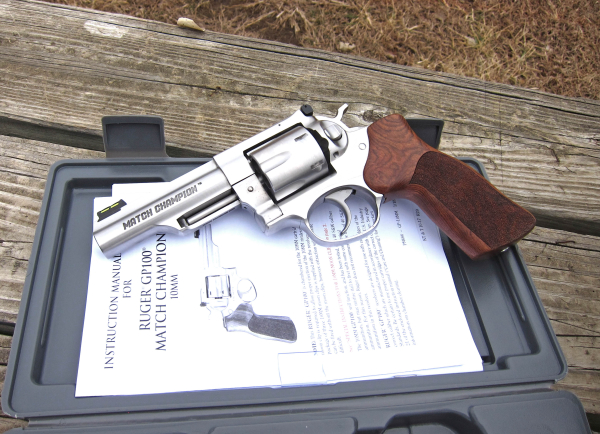
You’ve read it, watched it, heard it – and likely said it; “This (whichever gun) feels good in the hand.”
It likely feels better there than other places it could be, but what does it mean? Like many, I’ve written and uttered those miserable words before. But the “feel” experienced in the gun shop, the armory or elsewhere matters less than two factors.
Accuracy and time.
I’d picked up a used Colt Combat Commander back in the 1970s after reading Massad Ayoob’s piece on a Combat Commander he’d had done up by John Lawson out in Tacoma. I was doing the same thing. I’d laid in a supply of Federal 185gr. JHP ammo to feed the gun, along with a bullet mold, provided by Lawson, with a pair of cavities to make bullets especially for the custom gun.
While visiting the office of an attorney, who was standing in as the agency legal advisor, I brought the Lawson Commander out for him to admire. Another officer arrived during our meeting, someone who’d carried various 1911s over his career. He quit when he had one choke when he tried to shoot an armed subject.
He took the Lawson 45 in hand, shook his head and seemed sad.
“This feels like the handshake of an old friend.”
This was in 1980.
This guy could shoot about any handgun you gave him to shoot. Not surprisingly, I’ve had that feeling myself. But handguns are only one part of the equation.
Long guns – carbines and shotguns – have a particular “feel” as well. Consider the reason it’s easier for nearly anyone to shoot a rifle or shotgun, points of contact.
With the handgun, it’s just the hand. I know that people use two hands, but that doesn’t make it the same. With the long gun, you have that dominant (trigger) hand grip, but you have a point where the butt meets the shoulder, the control hand meets the fore end and then the comb, where the cheek weld happens.
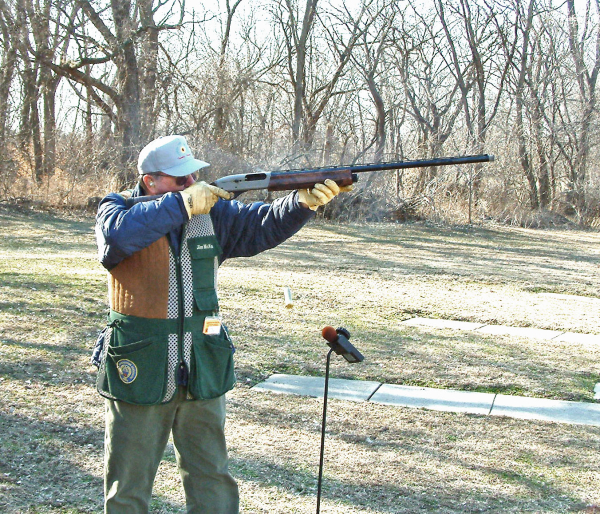
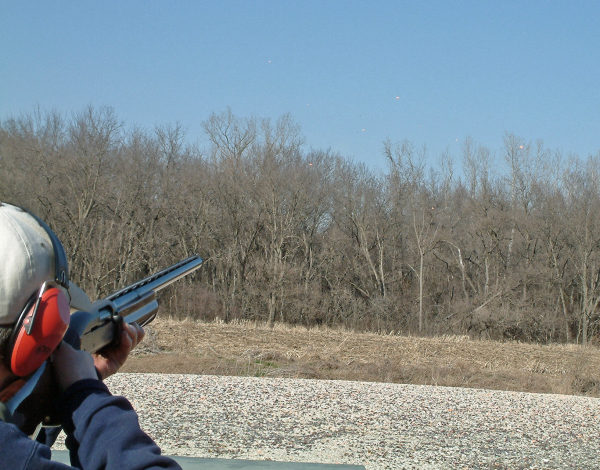
That’s four to one. You know the gun “fits” on the mount. The mount is taking the gun from “ready” to “aimed in.” If the bead/sights appear over the target, it’s a fit. See those who are successful at clay bird games; they show how the gun fits them individually.
If the gun doesn’t fit, they don’t hit … quite so often. Dad was a laser beam on mourning doves with his old double 16 gauge, but preferred a semiauto. He got one, the Remington M1100, an early edition, a 20-gauge on a full size 12-gauge receiver.
The gun was superb, but he shot more than he hit. Many years into it, he took the gun in to be detail-stripped, cleaned, reblued. The gunsmith heard his complaint about not being able to hit.
“Show me.” He saw the mount, measured the stock and said, “The length of pull is too short. I’m adding a thick recoil pad, that’ll be enough.”
It was. Of course, when I used his gun, I couldn’t hit a Flying Fortress at 20 feet. It was too long.
Fit matters.
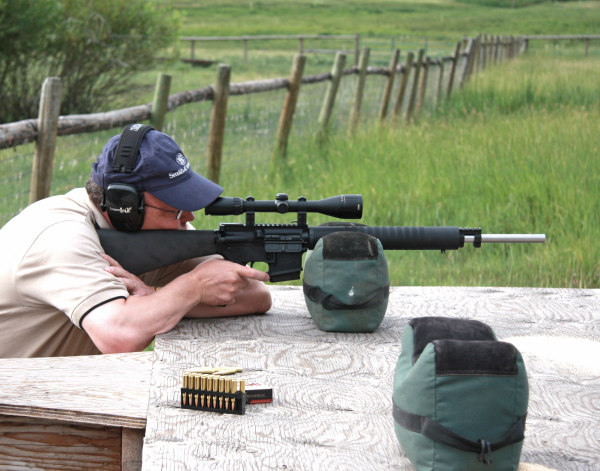
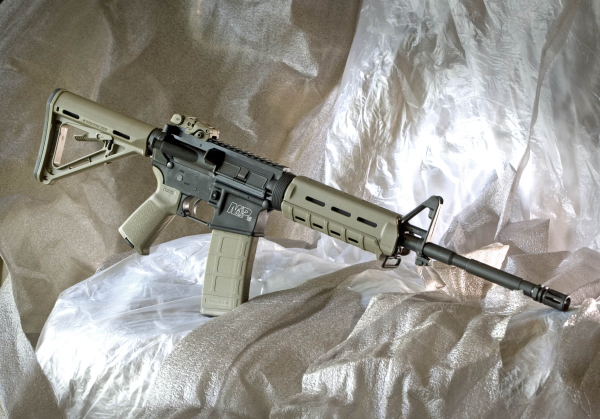
While the muddle-headed freedom-haters want to legislatively limit our access to four- and six-position adjustable stocks on AR15s, they simply wreck your ability to fit the gun to the user, increasing accuracy and speed to the first hit.
An A1 stock is a fit for me. The A2, like most “sporting gun” stocks, is too long.
With handguns, it’s the same thing. Back in the “wonder-9” days, with the S&W 659, Beretta M92 and other double-stack guns I found I couldn’t reach the trigger in double action without “shooting sidesaddle.”
That’s a Jim Cirillo description.
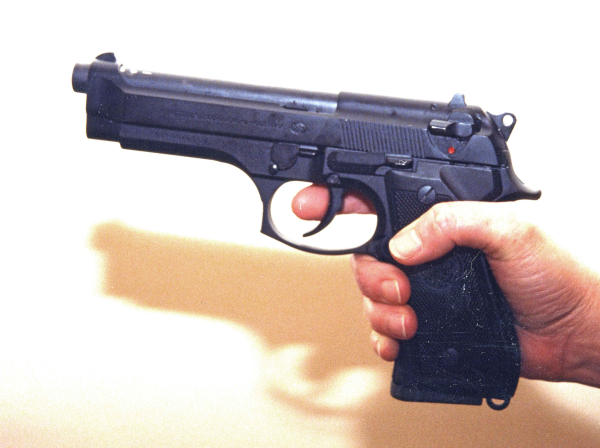
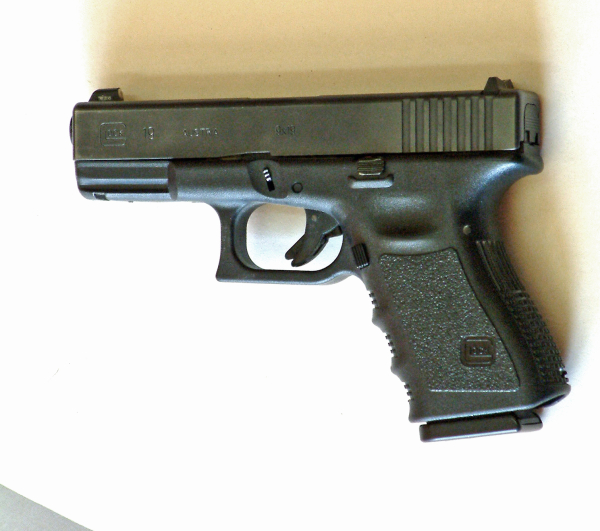
With the S&W M645 and M4506, single-stack 45s, it was a stretch, but I made it work. Later, I spent about 3,000 rounds of 9mm to get to where I could use a stock GLOCK 19.
The gun didn’t fit, so I forced myself to fit it.
Fit means hits accomplished in a timely fashion. You have to shoot the guns to find out.
Good hunting.
— Rich Grassi